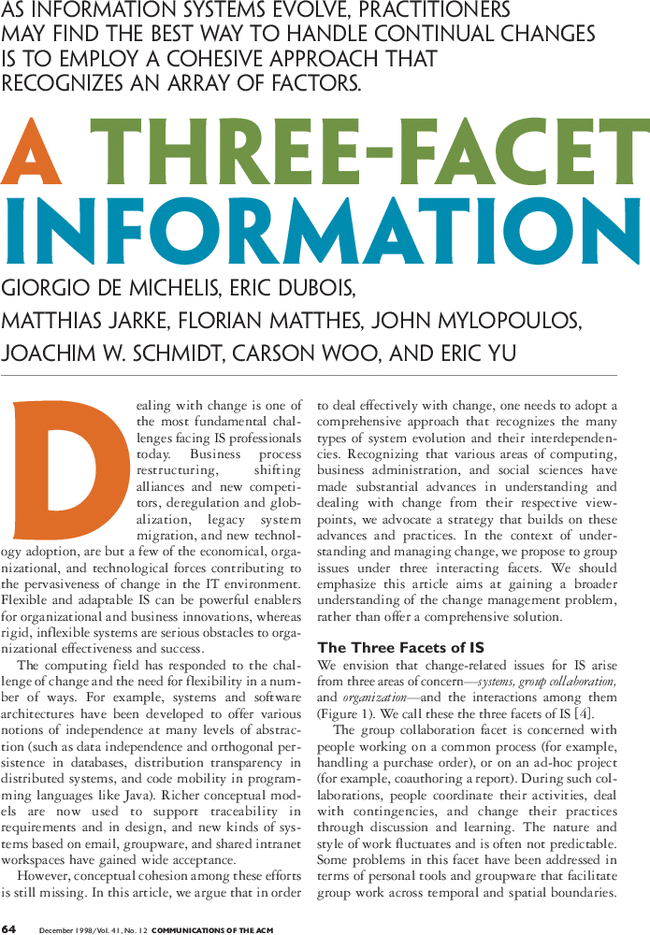Cited By
View all- Panagoulia ERakha T(2023)Data Reliability in BIM and Performance Analytics: A Survey of Contemporary AECO PracticeJournal of Architectural Engineering10.1061/JAEIED.AEENG-148329:2Online publication date: Jun-2023
- Pustulka Evon Arx Sde Espona L(2022)Building a NoSQL ERPProceedings of Seventh International Congress on Information and Communication Technology10.1007/978-981-19-1610-6_59(671-680)Online publication date: 27-Jul-2022
- Wamba SBhattacharya MKamdjoug J(2019)Exploring the Determinants of ERP Adoption IntentionInternational Journal of Technology Diffusion10.4018/IJTD.201910010410:4(58-76)Online publication date: 1-Oct-2019
- Show More Cited By





